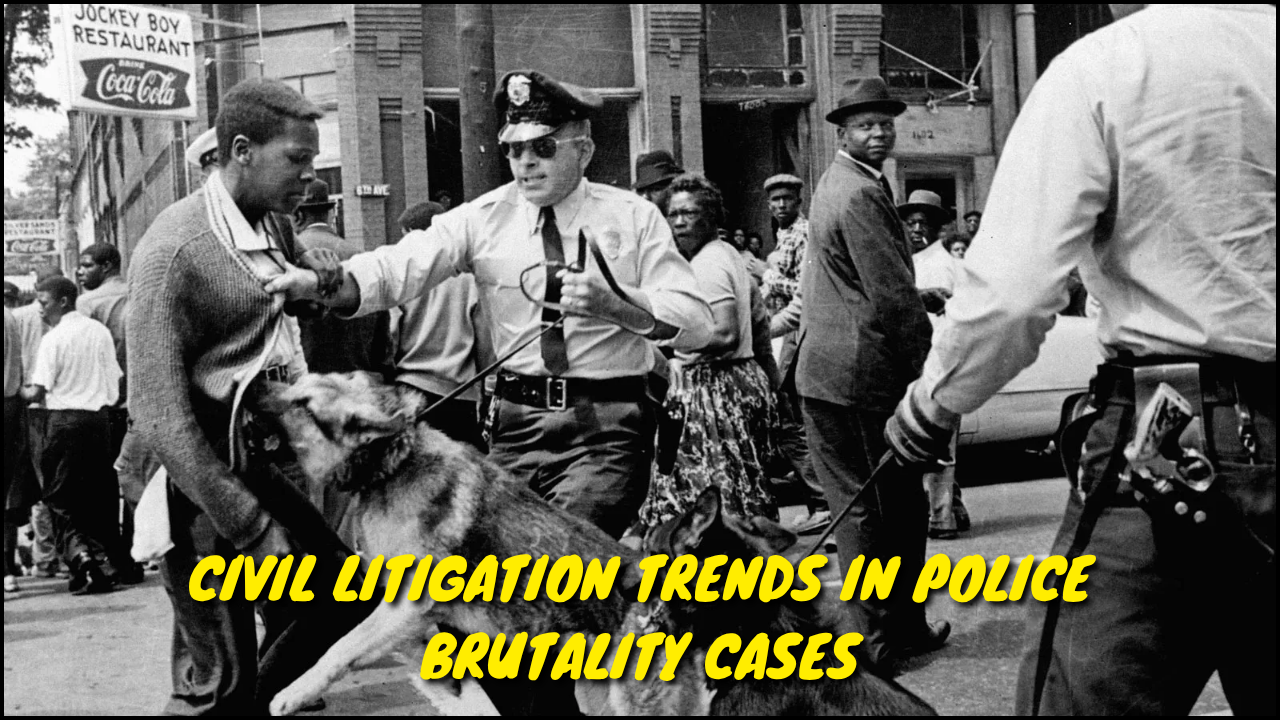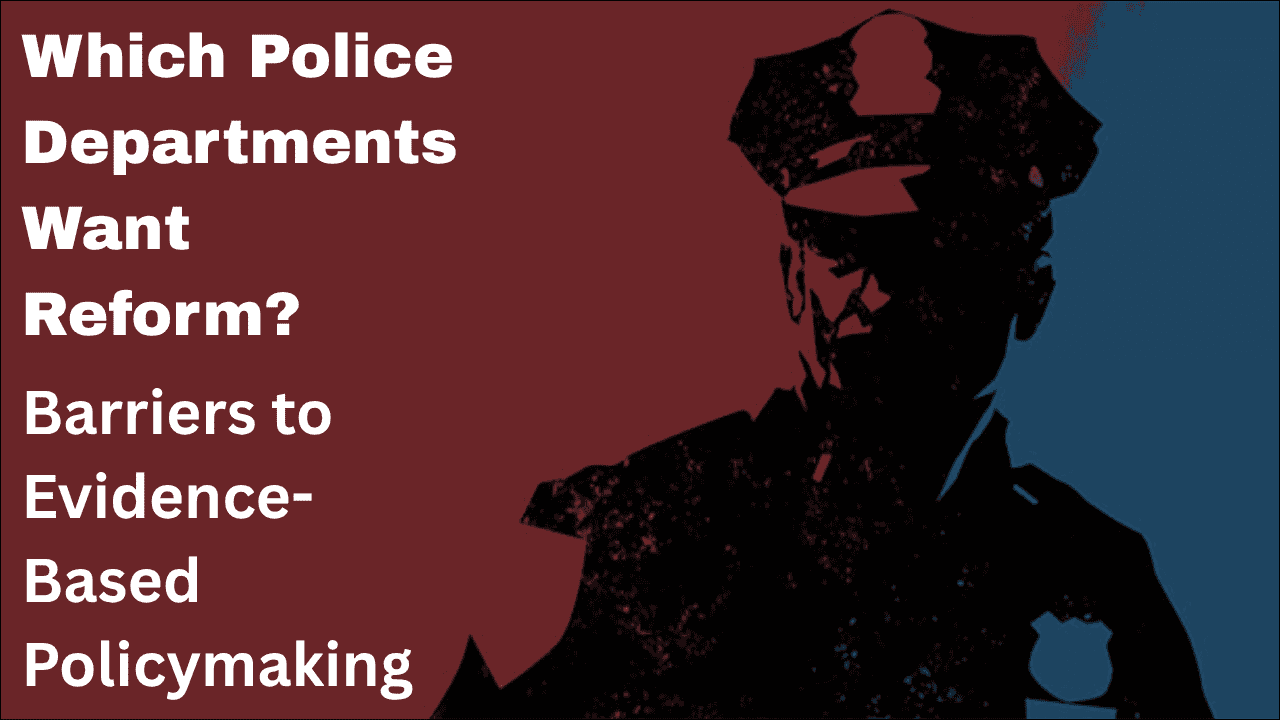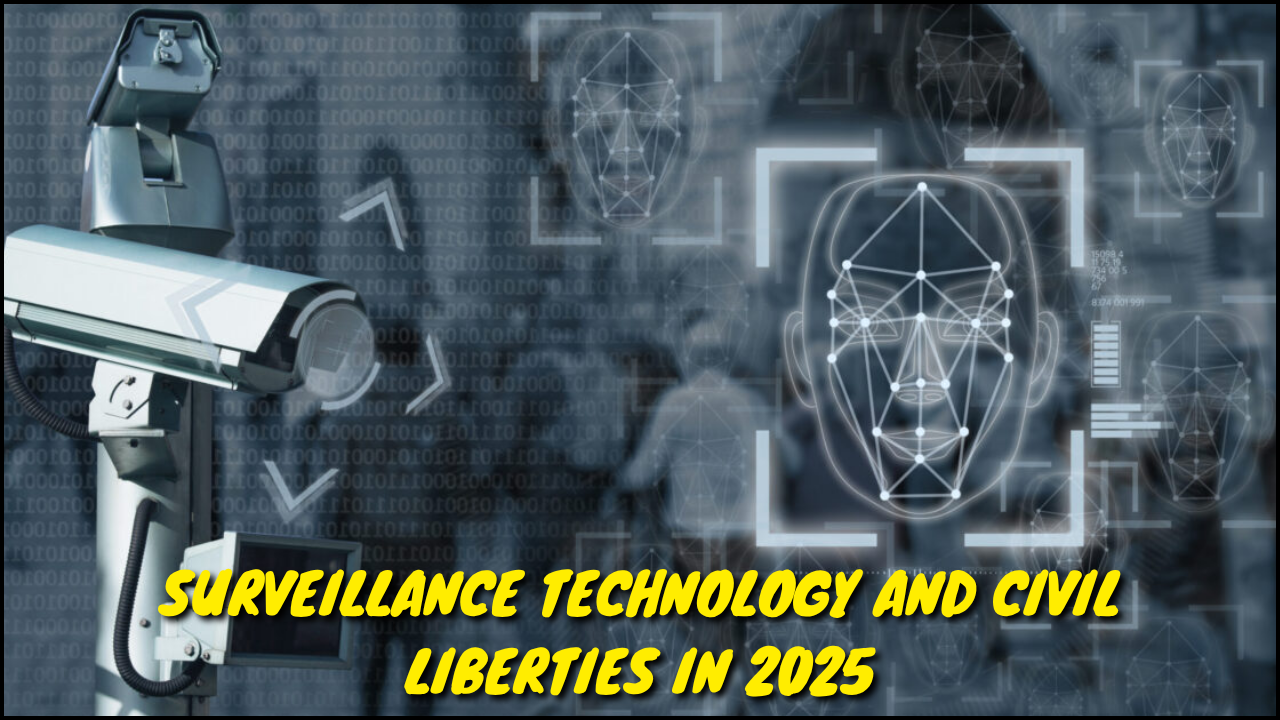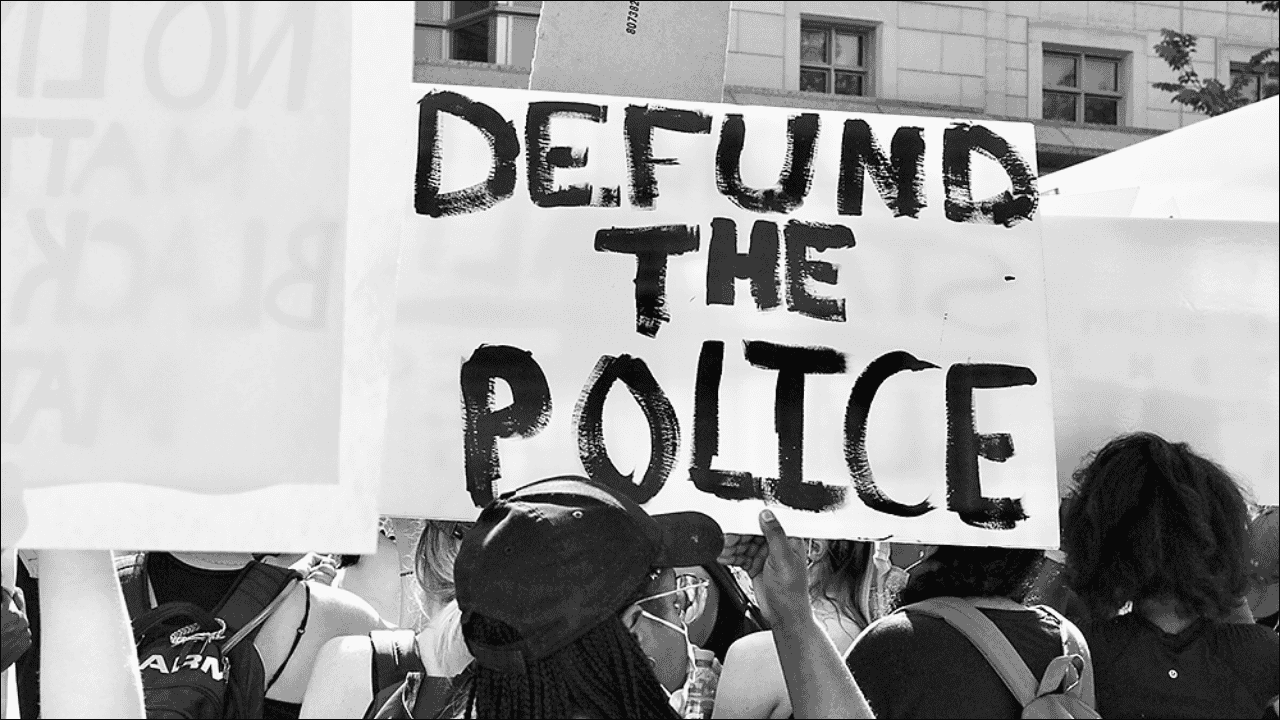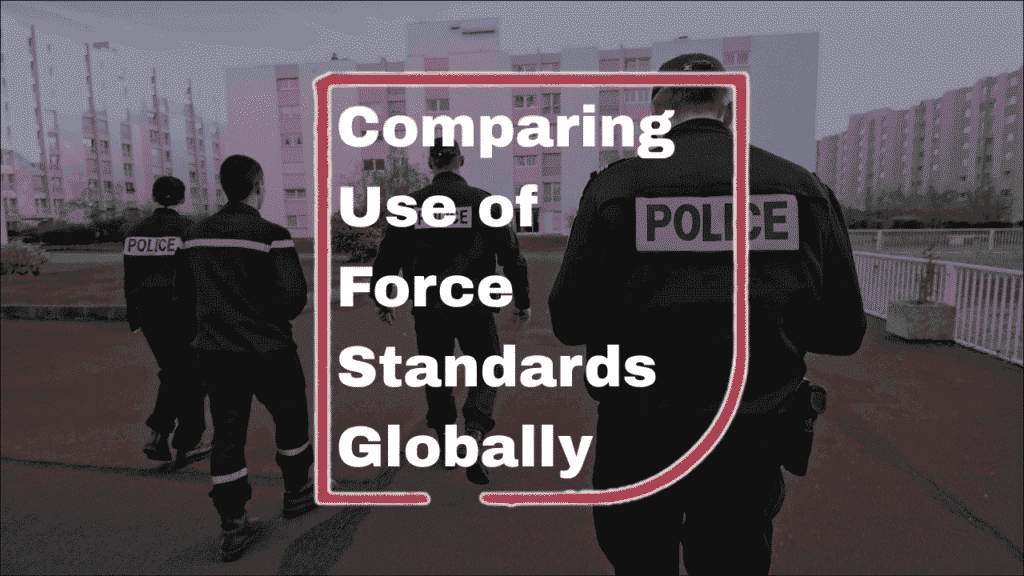
Global attention toward law enforcement practices has grown significantly in recent years, with a central focus on how different nations regulate and implement use-of-force standards. National policies on this subject affect policing culture, civilian trust, and international human rights obligations. Use of force standards refer to the guidelines and legal limits within which law enforcement officers operate when applying physical or armed force. Countries adopt varying degrees of stringency, transparency, and accountability, depending on political structure, governance model, legal systems, and socio-cultural values. A comparison across regions reveals wide disparities as well as emerging patterns toward reform.
Table of Contents
Key Factors Influencing Use of Force Policies
- Legal frameworks define when, where, and how force may be used.
- Police training focuses on de-escalation, proportionality, and necessity.
- Oversight mechanisms ensure accountability through investigations and reviews.
- Public trust in law enforcement depends on transparency and restraint in the use of force.
- International treaties such as the UN Code of Conduct provide universal guidelines but lack enforcement.
International Guidelines on Use of Force
| Document/Body | Purpose | Main Provisions |
|---|---|---|
| UN Basic Principles on Use of Force | Promote responsible policing | Necessity, proportionality, accountability |
| UN Code of Conduct for Law Enforcement Officials | Establish ethical conduct | Prohibits torture, stresses respect for dignity |
| European Convention on Human Rights | Protect individual rights within police procedures | Article 2 (Right to Life), Article 3 (No torture) |
| African Charter on Human Rights | Regional human rights guideline | Prevents arbitrary force and promotes dignity |
| Inter-American Commission on Human Rights | Address police abuses in Latin America | Reports and recommendations on excessive force |
Comparison of National Use of Force Standards
| Country | Legal Basis | Deadly Force Policy | Oversight Body | Training Focus |
|---|---|---|---|---|
| United States | Federal + State Laws | Used frequently in favelas, often excessively | Internal Affairs, Civil Review | Varies by state, less uniform |
| Germany | Police Law (Polizeigesetz) | Only if necessary to prevent grave danger | Parliamentary oversight | De-escalation, communication |
| India | Criminal Procedure Code + Supreme Court | Permitted in grave threat or mob violence | Judicial inquiries | Use of lathis, limited firearms training |
| UK | Human Rights Act + Common Law | Last resort under strict necessity | Independent Office for Police Conduct | Verbal negotiation, minimal force |
| Brazil | Penal Code + Military Police guidelines | Used frequently in favelas, often excessive | Often lacking independence | Militarized training |
| Canada | Criminal Code + Police Acts | Must be necessary and proportionate | Civilian oversight boards | Crisis intervention, negotiation |
| Australia | Police Acts by State | Allowed only when necessary | Independent investigation units | Mental health awareness, non-lethal use |
| South Africa | Criminal Procedure Act | Allowed to prevent serious crime | IPID (Independent Police Investigative Directorate) | Community policing, control |
Key Trends and Observations
- Developed countries such as the UK, Germany, and Canada emphasize proportionality and necessity, guided by international human rights conventions.
- Countries with militarized police forces, such as Brazil or parts of the US, experience higher rates of lethal force and face global criticism for excessive use.
- Training disparities greatly influence outcomes; nations with mandatory de-escalation training report fewer incidents of force.
- Oversight mechanisms vary in independence and power, directly affecting the level of public accountability.
- Judicial systems play a crucial role in how force-related incidents are prosecuted and reviewed.
- Cultural perceptions of authority affect public acceptance or resistance to forceful policing.
Human Rights and Use of Force
- Right to Life is a non-derogable right under international law, which restricts the arbitrary use of lethal force.
- Freedom from Torture is often breached through custodial violence or illegal coercive techniques.
- Right to Protest comes into tension with riot control and crowd dispersal measures.
- Case law from the European Court of Human Rights has shaped stricter guidelines in Europe, especially regarding investigations after fatal incidents.
Challenges in Global Harmonization
- Sovereignty concerns prevent a universal legal framework for the use of force.
- Resource disparities in training, equipment, and personnel limit developing countries from adopting best practices.
- Corruption and impunity shield offending officers in many regions, undermining reform efforts.
- Political unrest often justifies emergency powers that override ordinary force protocols.
Recent Reform Movements Worldwide
| Country | Year of Reform | Key Changes Introduced |
|---|---|---|
| USA | 2020–Present | Ban on chokeholds, body camera mandates, duty to intervene |
| France | 2021 | Revised crowd control rules, increased use of non-lethal tools |
| India | 2023 | SC-mandated guidelines on encounter killings and custodial deaths |
| Colombia | 2021 | Policy reviews after public protests and international scrutiny |
| Nigeria | 2020 | Disbandment of SARS unit due to repeated abuse |
Best Practices for Ethical Use of Force
- Clear and transparent legislation guiding the use of force boundaries.
- Mandatory, standardized training on human rights and de-escalation.
- Independent oversight agencies with authority to investigate misconduct.
- Data collection on use of force incidents for public access and research.
- Community engagement to rebuild public trust and reduce violence.
Moving Forward
Use of force remains one of the most sensitive and defining aspects of modern policing. Countries worldwide struggle to balance officer safety, crime control, and human rights obligations. A global comparison shows that while some nations have made commendable progress in enforcing ethical and legal boundaries, others still operate under outdated or inadequate policies. Sustainable reforms require strong oversight, inclusive training, transparent enforcement, and alignment with international human rights standards. A uniform, globally accepted ethical approach to the use of force may not yet be a reality, but steady international pressure and domestic advocacy are driving meaningful change.


